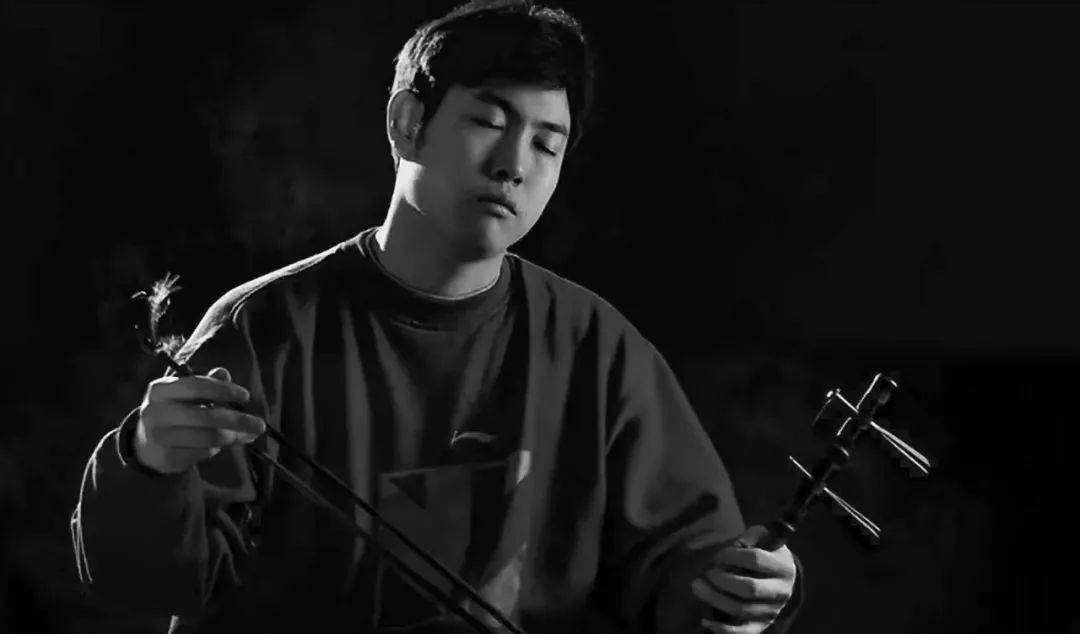What is the rhyme of Jinghu?
"Rhyme" is the profound connotation of Chinese culture. There is an old saying in China, "The inexhaustible words, the meaning beyond the strings, the sound of the empty sound, do not know where it comes from". The sound beyond the strings is used to indicate what is heard or felt when the music is played, not the music or the sound itself, but the meaning outside the music, that is, "the meaning of music".
Reflected on the thinking of Jinghu playing, this kind of thinking will be extended, that is, the secluded aftertaste that is continuous and tactful and full of meaning. The rhyme of Jinghu is not only the artistic conception of thinking, but also has the unique skills of presenting the artistic conception.

For example, Jinghu's encapsulation skills have produced extremely rich musical expression, made it play various characters' emotions, and shaped different styles of music images. In order to grasp its characteristics, the key is to master the ever-changing charm of singing. Why does Jinghu performance conquer the audience? In addition to skilled performance skills, string rhythm should be an important factor.
1. For Xipi strings, it is necessary to highlight the elasticity of the sound and the clear bow fingering. When playing, it presents the characteristics of Xipi's "1, 5" backbone tone, which is an important symbol of Xipi string rhythm. The four words "transparent, transparent, bright and thick" can be summed up: the secret of playing Jinghu Xipi strings.
2. The two yellow strings have the characteristics of thick, mellow and bright, rich and rhyme. What Erhuang Xianyun pursues is: steady bow movement, pure timbre, unrestrained atmosphere, eye-catching and beautiful. When playing, it is necessary to highlight the functions of the three backbone sounds of Erhuang, "Gong, Zheng and Shang".
So, what is Jinghu's playing style in modern dramas? What is the main difference between traditional opera and modern opera in the style of accompaniment? In a nutshell, their different musical aesthetic pursuits are the main difference between the two.
Traditional opera accompaniment pursues rhythm and style. Its simple and rhythmic style is not only reflected in the sound quality of singing, but also the concept of accompaniment that is detached is the winning book of traditional opera accompaniment. It can be said that the traditional accompaniment is highly improvisational and experiential, and often the ability to convey the rhythm of the piano is inseparable from this idea.
The pursuit of modern drama accompaniment is dramatic and musical. Due to the comprehensive involvement of modern opera composition technology and symphony orchestra, Jinghu's performance concept must be adjusted in order to be integrated into the new music system. In terms of intonation, it is necessary not only to figure out the accuracy of the sound according to the rules of musical rhythm, but also to pay attention to the characteristic tones of "4 and 7" in the skin, so as to obtain the harmony and unity of intonation, rhythm and style; in terms of timbre, Pay attention to the uniformity and clarity of sound quality. Enhance the rounded color of the strings, reduce unnecessary "exploding" techniques, and more closely match the sound vibration frequency of the symphony orchestra; in terms of rhythm, when playing modern Peking Opera music works, the interweaving of old and new music should not reveal any traces, and strive to be perfect Bring out the musical atmosphere of the characters.
 渝公网安备 50010702504639号
渝公网安备 50010702504639号